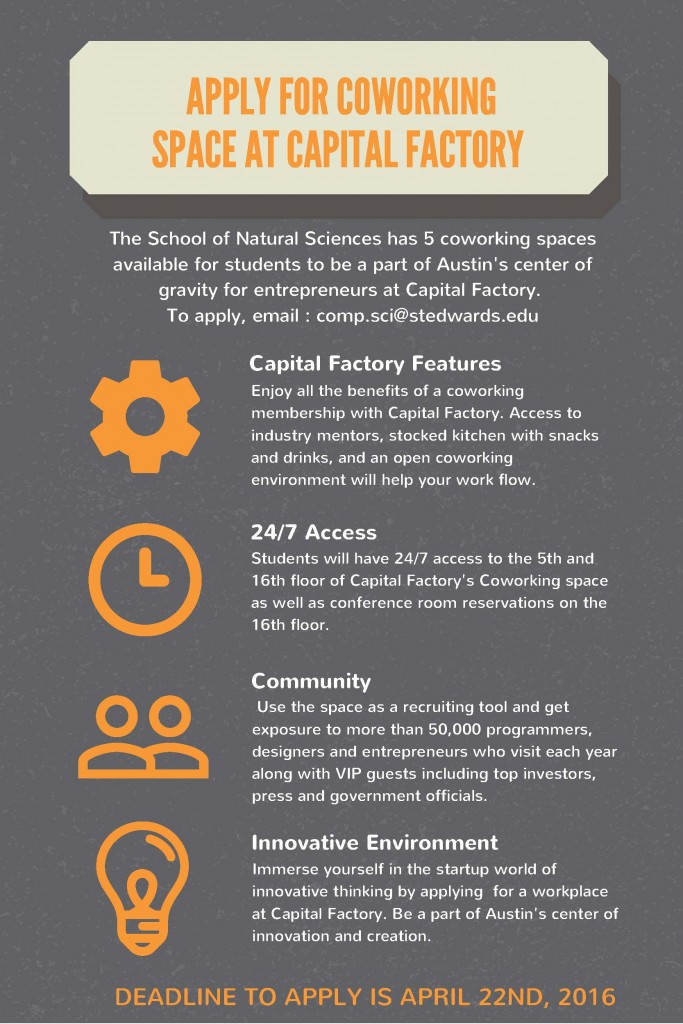Gravitational Waves: Last week, the detection of gravitational waves was announced. The detection was of the merger of a 36 solar mass black hole with a 29 solar mass black hole that occurred 1.3 billion light years away (or 1.3 billion years ago). This was the most powerful astrophysical event ever detected and it was done with the most sensitive detector ever built. Just prior to the merger, the black holes were moving at about half the speed of light relative to each other. Upon their merger they made a 62 solar mass black hole, which tells us (36 + 29 = 65) that 3 solar masses are were given off in the form of energy as gravitational waves. That is equivalent to completely annihilating 3 suns and having them converted to pure energy in a fraction of a second. Power is the rate at which energy is given off, and this event was momentarily 50 times more powerful than the light output of all the stars in the universe.
This is just the beginning of an entirely new way of doing astronomy. To date, almost all astronomy has consisted of measuring light. Predicted by Einstein’s theory of General Relativity, gravitational waves travel at the speed of light but are fundamentally different than electromagnetic waves (light). When a gravitational wave passes through you, it will stretch you in one direction while squeezing you in the other. It is that stretching-squeezing effect that was measured by the Laser Interferometer Gravitational wave Observatory (LIGO). The detector makes precise enough measurements to measure an effect that is one thousandth the width of a proton. Up until now, when violent explosions occur, we can only see the bright light on the outside and are left to infer what may have happened on the interior. Gravitational waves instead allow us a way of probing directly into the heart of the most energetic events in the universe.
The Physics Minor: It is also an exciting time regarding the physics curriculum at St. Edward’s. Starting in the fall we will be offering a physics minor.
Course Listings for the Physics Minor (* denotes a required course):
PHYS 2425 University Physics I* (4 hrs) [or PHYS 2325 + PHYS 2125]
PHYS 2426 University Physics II* (4 hrs) [or PHYS 2326 + PHYS 2126]
PHYS 2126 Electricity, Magnetism, and Optics Lab* (1 hr)
PHYS 3336 Quantum Mechanics and Spectroscopy (3 hrs) [or CHEM 3336]
PHYS 3337 Thermodynamics (3 hrs) [or CHEM 3337]
PHYS 3338 Numerical and Scientific Methods (3 hrs) [or COSC/BINF/MATH 3338]
PHYS 3345, 3445 Special Topics in Physics (3 hrs, 4 hrs)
PHYS 4146, 4246, 4346, 4446 Independent Study (1 hr, 2 hrs, 3 hrs, 4 hrs)
PHYS 4157 Research (1 hr)
Students must take at least 18 credit hours of the above to satisfy the minor. Note that some of the courses are cross-listed. For those students that are interested in the physics minor, please let your adviser know as soon as possible since it may require careful planning. For instance, PHYS 3338 and PHYS 3345 will only be offered upon sufficient demand. Also, come speak with Paul Walter and he can explain why getting a minor in physics is a great idea.
If you are interested in either of these topics (or in becoming a physics teacher at the secondary level), feel welcome to discuss them with Paul Walter (JBWS 274 — pauljw@stedwards.edu).

